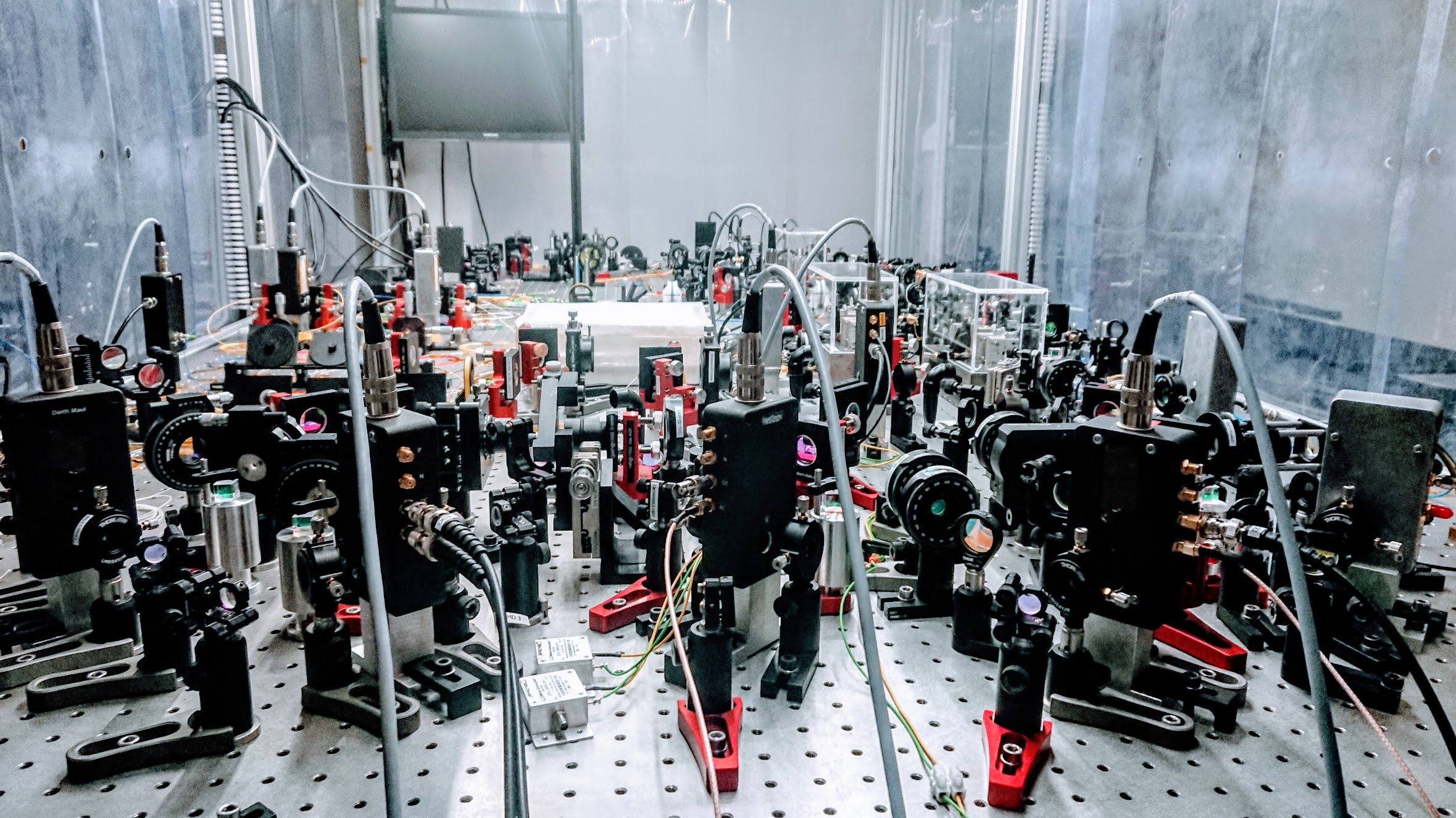
Researchers at the Technical University of Denmark and the University of Copenhagen have recently carried out an experiment investigating the advantages of using an entangled quantum network to sense an averaged phase shift among multiple distributed nodes. Their paper, published in Nature Physics, introduces a series of techniques that could help to collect more precise measurements in a variety of areas.
The team focused on squeezed light and homodyne detection, which are now established sensing techniques. The overall goal of the experiment was to measure a global property of multiple spatially separated objects and investigate whether probing these objects simultaneously with entangled light led to more precise results than probing them individually.
The researchers found that the use of a quantum network to probe the objects simultaneously enabled phase sensing with far higher precision than that attainable when examining probes individually. (Phys.org)
